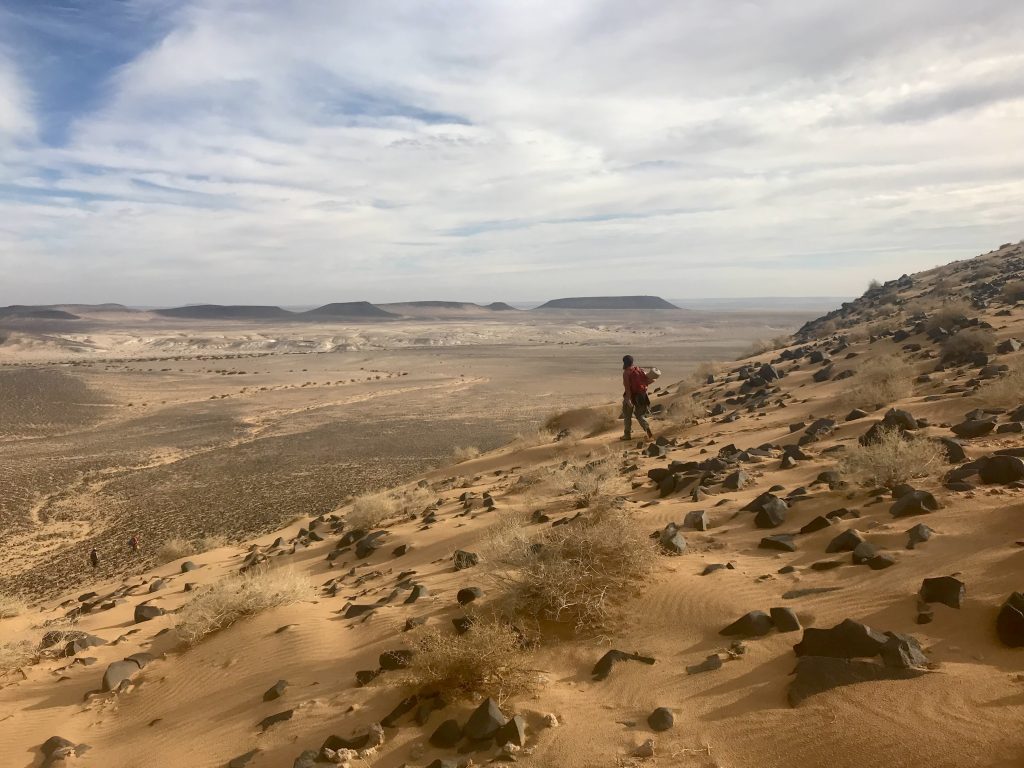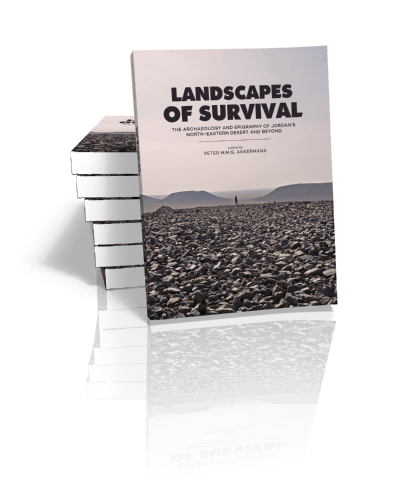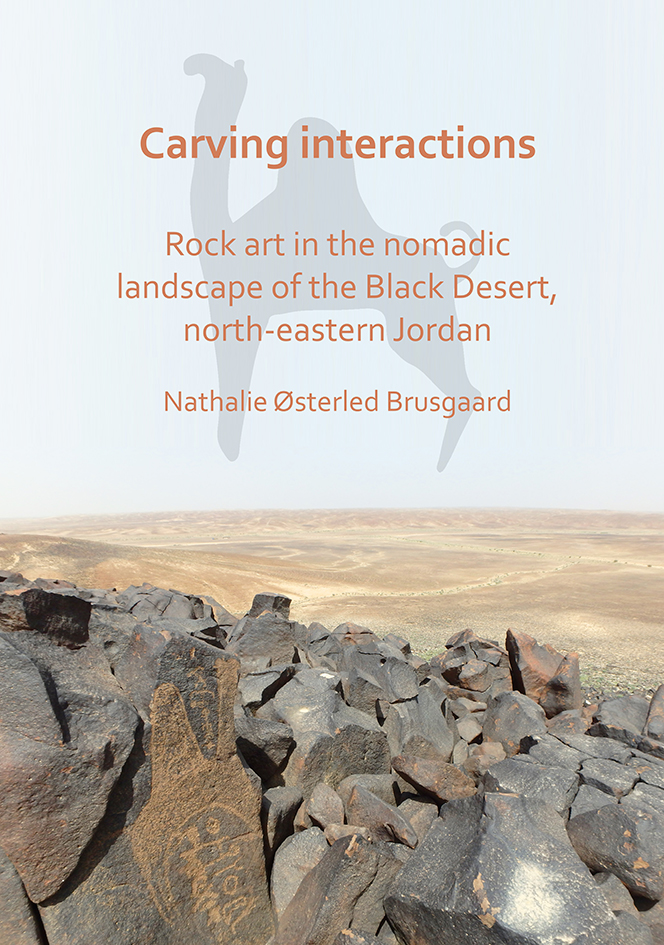News
New fieldwork season about to begin!

In May and June 2024 the 12th excavation season will take place. A small but experienced team will investigate tombs and conduct surveys in the area.

New PhD-thesis on the Safaitic rock engravings
The Safaitic scripts : Paleography of an ancient nomadic writing culture
C. Della Puppa, 2022
The basalt desert of North-East Jordan is full of roughly 2000-years-old inscriptions, written in so-called ‘Safaitic’ script on stone. We have systematically documented some 6000 Safaitic inscriptions in the Jebel Qurma area until now. These texts have been studied in detail by Chiara Della Puppa, as part of her PhD research at Leiden University (The Netherlands). Recently, Chiara has defended her PhD thesis in public with great success (promotores: Prof. Dr. Peter M.M.G. Akkermans and Prof. Dr. Maarten Kossmann). We congratulate Chiara with this major achievement!
Chiara’s PhD thesis, entitled: The Safaitic Scripts: Palaeography of an Ancient Nomadic Writing Culture, is available in open access. For a free download, go to: https://scholarlypublications.universiteitleiden.nl/…

30 June 2023 – End of the 11th fieldwork season
After nine weeks in the field, the 11th fieldwork season has come to an end. The team has been busy with the investigation of tombs long forgotten. Work was not always easy, due to the relentless heat, regular sand storms and an occassional thunder storm with torrents of rain flooding the area. But it was entirely worth the effort! Work was always exciting and yielded amazing results. Jordan’s eastern desert is a great and most rewarding place for archaeological research!
Three new volumes about the Jebel Qurma Project

Landscapes of Survival
The Archaeology and Epigraphy of Jordan’s North-Eastern Desert and Beyond
Edited by Peter M.M.G. Akkermans | 2020
Available in print and open access:
https://www.sidestone.com/books/landscapes-of-survival
To date, there is an ever-increasing interest in the archaeology of the Black Desert. In particular, Jordan is home to a range of international research projects, and exciting new discoveries convincingly demonstrate the archaeological affluence of Jordan’s desert landscape. The present volume provides a wide-ranging and up-to-date examination of the archaeology and epigraphy of the immense basalt expanse as well as comparative perspectives from other parts of the Levant and the Arabian Peninsula. This collection of papers offers detailed insights and analyses on topics ranging from mobility and landscape to developments in settlement and burial practices, as well as the role of rock art and literacy in ancient desert environments. This richly illustrated book is a significant point of reference for what is rapidly becoming a most vibrant and dynamic field of research in the Levant and Arabia.

Mobile Peoples – Permanent Places
Harmen O. Huigens
Nomadic landscapes and architecture from the Hellenistic to Early islamic periods in north-eastern Jordan
Mobile Peoples – Permanent Places explores the relationship between nomadic communities who resided in the Black Desert of north-eastern Jordan between c. 300 BC and 900 AD and the landscapes they inhabited and extensively modified. Although these communities were highly mobile, moving through the desert following seasonal variation in natural resources, they significantly invested in the landscapes they frequented by erecting highly durable stone architecture, and by carving rock art and inscriptions. Although these inscriptions, known as Safaitic, are relatively well studied, the archaeological remains had received little attention until recently.
Available in print and open access – Archaeopress 2019

